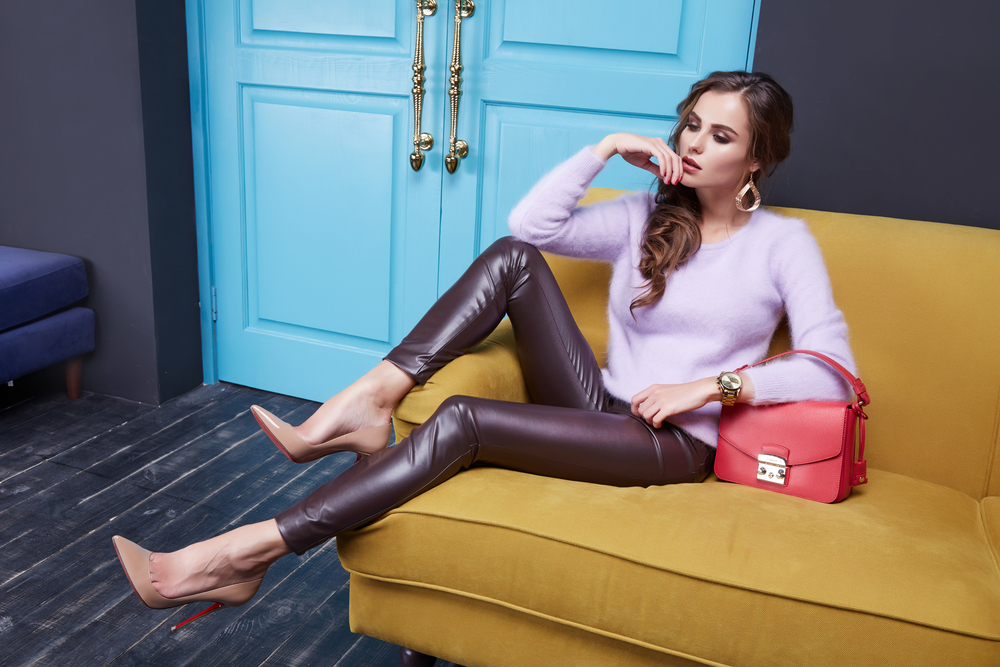When we think of fashion, we often imagine a beautiful dress or a stylish outfit. However, fashion is not just about clothes; it is an ever-evolving art form that reflects the cultural, social, and artistic movements of its time. Throughout history, fashion has been shaped and influenced by various iconic movements, leaving an indelible mark on the industry. In this article, we will explore some of the most influential movements and their lasting impact on the world of fashion.
The Roaring Twenties: Jazz Age Chic
In the 1920s, the world witnessed a vibrant cultural revolution marked by liberal attitudes and an appetite for novelty. The Jazz Age emerged with its lively music, energetic dances, and bold fashion choices. Women broke free from restrictive corsets, opting for loose-fitting dresses that allowed them to move and groove. The flapper dress, with its dropped waistline and shorter hemlines, became the symbol of women’s emancipation. The Jazz Age had a lasting impact on fashion, introducing a sense of freedom, minimalism, and rebellion against traditional gender norms.
The Swinging Sixties: A Revolution of Youth
The 1960s brought forth an era of rebellion and social change, and fashion became a powerful tool for self-expression and the redefinition of societal norms. The Swinging Sixties saw the rise of the miniskirt, psychedelic prints, and mod fashion, all challenging the conservative fashion landscape of the time. Icons like Twiggy and Jean Shrimpton epitomized the youth culture with their edgy androgynous looks. The fashion industry embraced the youthful spirit, influencing the designs of renowned fashion houses and widening the boundaries of what was considered fashionable.
Punk: The Antidote to Conformity
In the late 1970s, Punk emerged as a radical countercultural movement, fueled by anarchy, rebellion, and a desire to challenge the status quo. Punk fashion became a powerful symbol of defiance, with its ripped clothing, safety pins, and unconventional hairstyles. Designers like Vivienne Westwood and Malcolm McLaren brought punk aesthetics to the mainstream, forever influencing the concept of fashion as a form of protest and non-conformity. Even today, elements of punk fashion continue to inspire edgy and alternative styles.
Minimalism: Less is More
In the 1990s, fashion took a turn towards simplicity and minimalism. Designers like Calvin Klein and Jil Sander embraced clean lines, neutral colors, and understated elegance. The minimalist movement rejected excess and focused on quality, allowing the wearer to express their individuality in a more subdued manner. Minimalism became synonymous with sophistication and refined taste, shaping the fashion industry’s aesthetic for years to come.
Streetwear: Fashion for the Urban Tribe
In recent years, streetwear has risen as a dominant force in the fashion world, blurring the lines between high-end fashion and casual clothing. Influenced by urban subcultures, streetwear brings a mix of sportswear, hip-hop, and skate culture to the forefront. Brands like Supreme and Off-White have propelled this movement into the mainstream, making hoodies, sneakers, and graphic tees essential pieces in every fashion-conscious individual’s wardrobe. Streetwear has democratized fashion, allowing comfort, individuality, and self-expression to take center stage.
As models, it is crucial to understand the profound impact iconic fashion movements have had on the industry. By familiarizing ourselves with these historical shifts, we can embrace the diversity of styles we encounter in our careers, and draw inspiration from the ever-evolving art of fashion.


